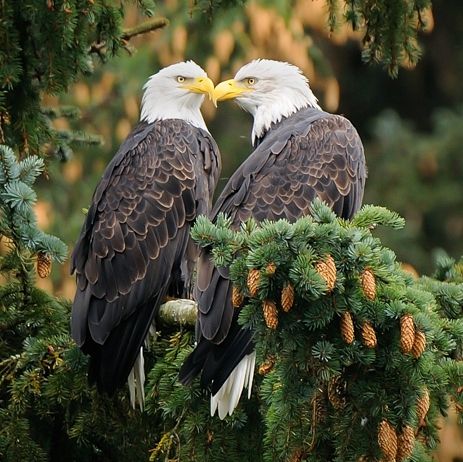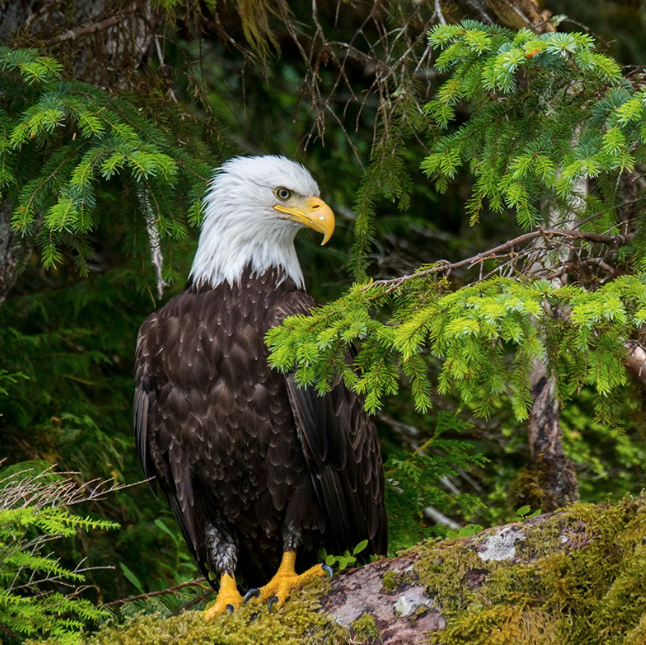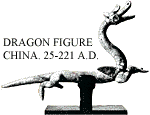You can continue to beat that drum till you break all your drum sticks or you can read a link and learn , up to you .
Text from link in post #249 .
***********************************************
Human Fossils—Extremely Scarce!
Humans make up an infinitesimal portion of the fossil record. Due to the number of drawings of our alleged human ancestors that appear in the news on a regular basis, one might get the feeling that hominoid and human fossils are ubiquitous. But such is not the case. In a 1981 New Scientistarticle, John Reader wrote: “The entire hominid collection known today would barely cover a billiard table” (89:802). One year later, Lyall Watson similarly stated: “The fossils that decorate our family tree are so scarce that there are still more scientists than specimens. The remarkable fact is that all the physical evidence we have for human evolution can still be placed, with room to spare, inside a single coffin” (1982, 90:44, emp. added). In a conversation with James Powell, president and director of the Los Angeles County Museum of Natural History, renowned evolutionary paleoanthropologist Meave Leakey gave some insight into her frustrations in searching for hominid (or human) fossils when she described her “nearly futile hunt for human bone in a new field area as four years of hard work producing only three nondescript scraps” (see Powell, 1998, p. xv, emp. added). In 2004, David Begun concluded an article in Science titled “The Earliest Hominins—Is Less More?” by admitting: “[T]he level of uncertainty in the available direct evidence at this time renders irreconcilable differences of opinion inevitable. The solution is in the mantra of all paleontologists: We need more fossils!” (303:1479-1480, emp. added). Although hominid/human fossils are among the most sought-after fossils in the world, scientists readily admit that few such fossils have been found.
As you can see, the question “Why don’t we find dinosaur and human fossils together?” is extremely misleading. The truth is, fossils themselves are rare. And, of all those things that do fossilize, it appears that less than 1% are vertebrates (fish, amphibians, reptiles, birds, or mammals) [see Snelling, 1991, p. 30]. Furthermore, human fossils make up a microscopic part of the fossil record. Searching for one is like trying to find the one proverbial needle in a haystack. The real question then, is not, “Why don’t we find dinosaur and human fossils together?” but, “Where are all of the human fossils?”
Simply because human fossils apparently have not been found with dinosaur fossils does not make the case for the coexistence of dinosaurs and humans any less credible. Think about it. Where are the human fossils that have been found with the recently extinct Pyrenean Ibex? Can we prove that Dodo birds and humans once lived together by observing their fossilized remains together in a particular layer of rock? We know that they once coexisted, but can a person point to the fossil record for such information? The chance of finding human fossils is rare. The chance of finding exactly the combination of fossils for which one is searching (in this case, dinosaurs and humans) is even less likely.






